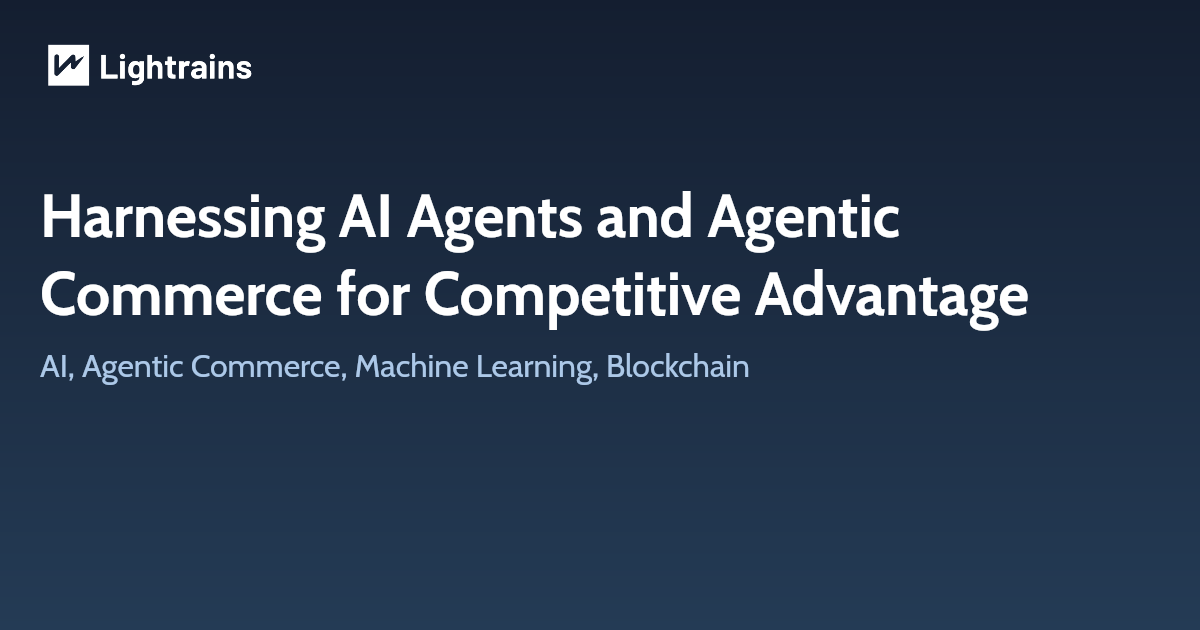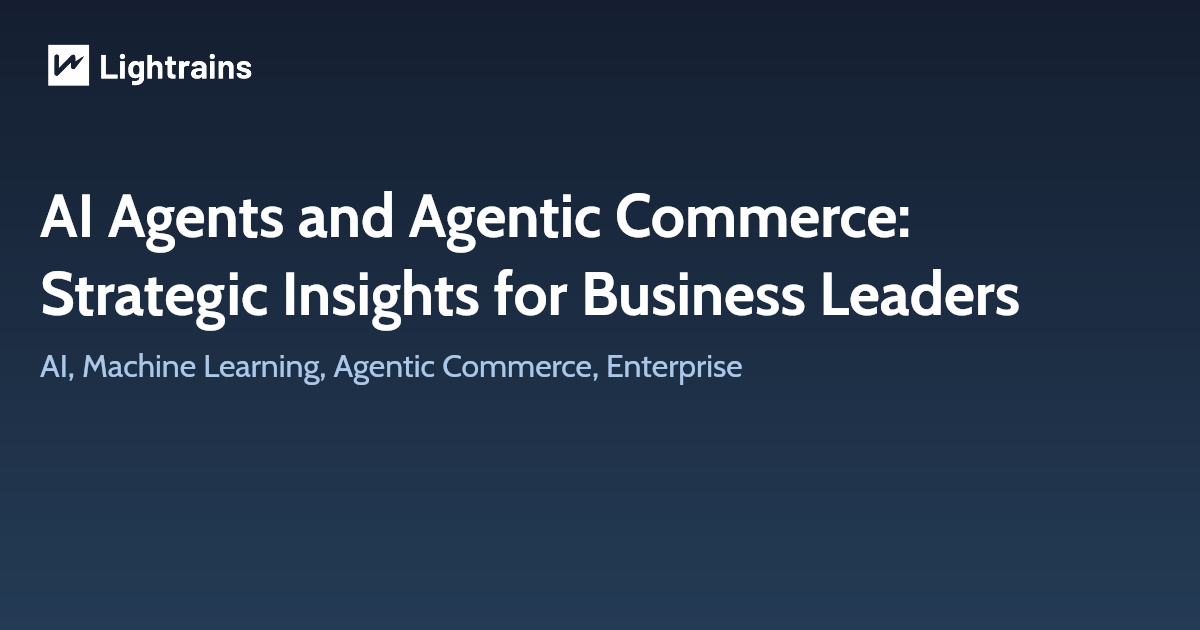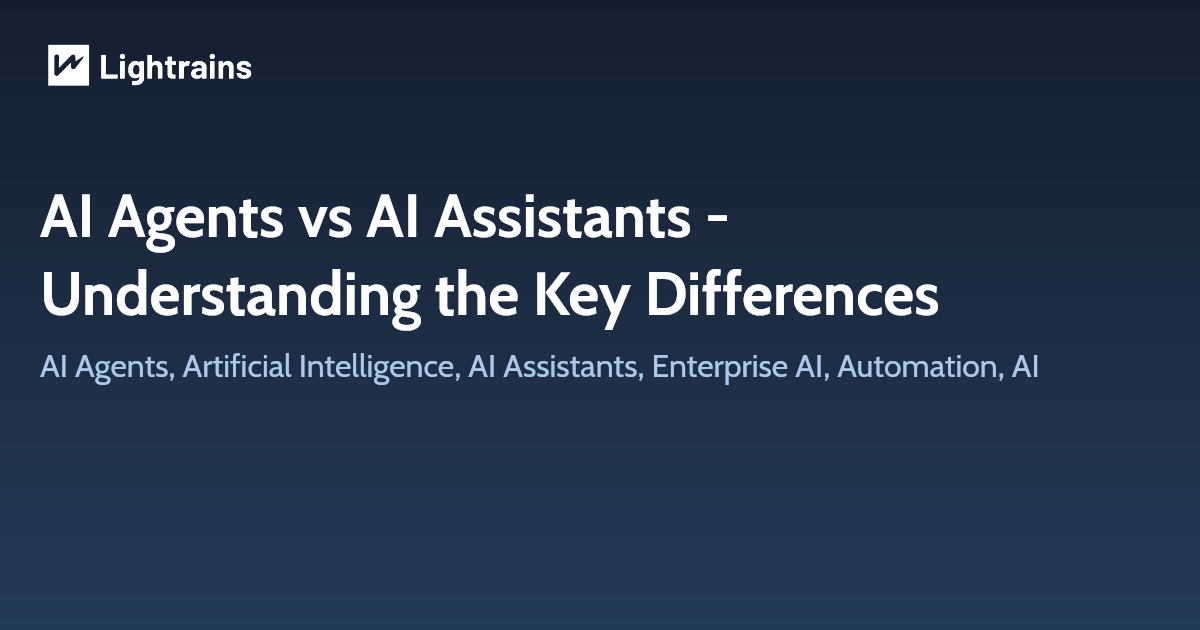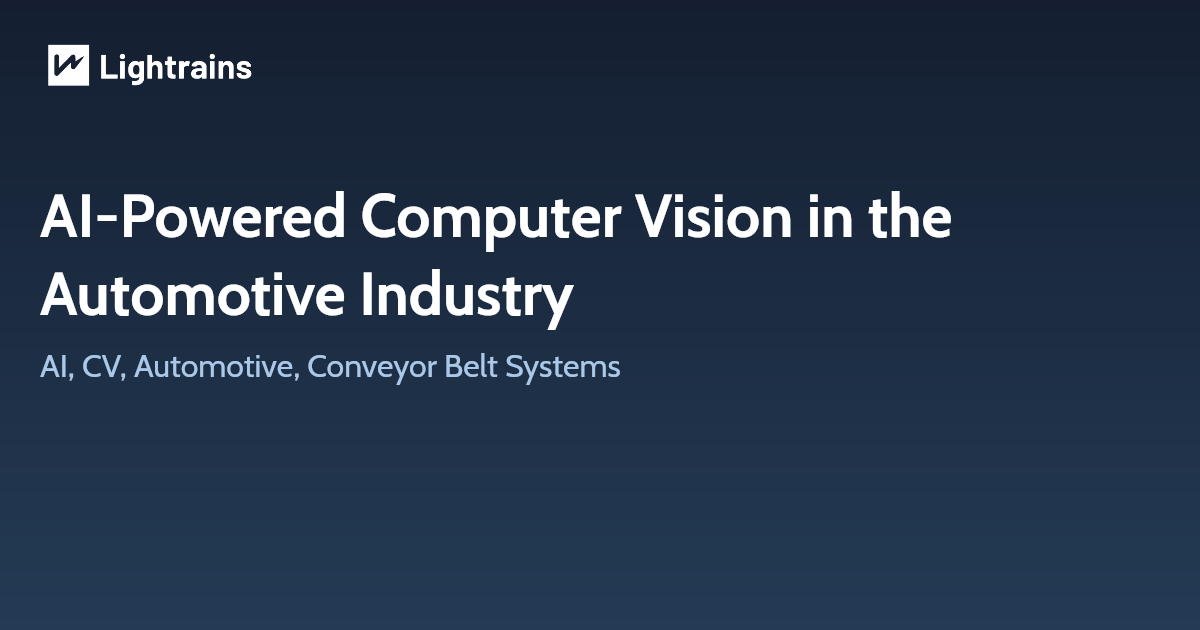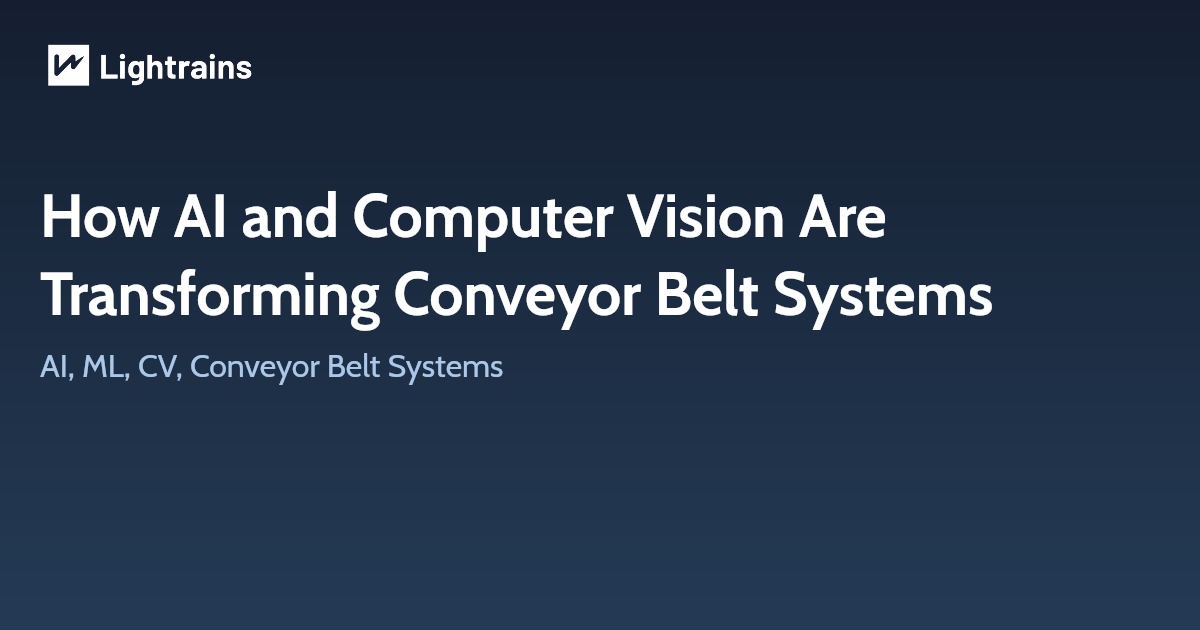
In industries such as manufacturing, food processing, and logistics, automation has become critical to maintaining efficiency and quality. The integration of AI and computer vision (CV) into conveyor belt systems is now a game changer, enhancing productivity, accuracy, and product quality through real-time object detection, defect tracking, and adaptive learning. Below, we explore how these technologies are applied in various industrial settings and why they represent a revolutionary step forward.
Real-Time Object Detection with Computer Vision
At the core of modern conveyor systems is the ability to identify and monitor products in real-time using high-resolution cameras and advanced image processing algorithms. These cameras capture product details at a high frame rate, and sophisticated object detection models analyze each item as it moves across the belt. Key computer vision techniques such as edge detection, feature matching, and image segmentation are commonly used to recognize shapes, detect surface defects, and ensure products meet quality standards. This automated process minimizes human error and increases detection rates, especially in high-speed production environments.
Defect Detection Accuracy: AI-powered systems can detect manufacturing defects with up to 99% accuracy, significantly reducing human error and improving product quality control.
AI for Enhanced Sorting and Defect Detection
AI algorithms add a layer of intelligence to these conveyor systems, allowing for enhanced sorting, anomaly detection, and more dynamic decision-making. Utilizing machine learning (ML) and deep learning (DL) techniques, AI can be trained to identify defects or anomalies in products that are too subtle for traditional systems. For example, in the food processing industry, AI can detect spoilage, contamination, or color variations that may indicate quality issues. Moreover, through convolutional neural networks (CNNs), these systems can sort products based on size, shape, and weight, improving the efficiency of the entire workflow.
Scalability and Adaptability of AI-Powered Conveyor Systems
A major benefit of integrating AI with conveyor belt systems is the ability to scale operations. Traditional systems are limited by predefined rules that often require manual recalibration when product lines or parameters change. AI-based solutions, however, offer the flexibility of unsupervised learning, where models adapt over time to new patterns or data inputs. This adaptability makes it easy for businesses to scale production without having to constantly tweak the system, providing a future-proof solution as product lines evolve.
Additionally, AI allows for the seamless integration of predictive maintenance into conveyor systems. By monitoring system performance and recognizing anomalies in operational data, AI can forecast equipment breakdowns before they occur, reducing downtime and increasing the longevity of conveyor systems.
Industry Adoption and Standards
Several industries are already benefiting from the implementation of AI and CV-driven conveyor belt systems. In logistics, for example, automated sorting systems with AI-powered image recognition are used to read barcodes, sort packages by destination, and identify damaged goods in real-time. In the pharmaceutical industry, AI-enhanced conveyor systems are used to ensure product integrity, with image recognition technologies capable of detecting packaging defects, missing labels, or misaligned products.
Standards for AI and CV in industrial automation are continuously evolving. ISO/TS 15066, which sets safety requirements for collaborative robots, offers guidelines that align with conveyor belt automation systems involving human-machine interaction. The growing use of Industry 4.0 frameworks, which focus on the integration of cyber-physical systems, IoT, and AI in industrial processes, emphasizes the importance of smart technologies like computer vision in automating repetitive and critical tasks.
Real-Time Analytics and Operational Insights
AI-powered conveyor systems not only improve product quality and throughput but also generate valuable data analytics. These systems can track thousands of data points, providing insights into production efficiency, defect trends, and machine health. Real-time data analytics platforms can be integrated into these systems to offer detailed reports on production rates, defect rates, and system performance, which are critical for continuous improvement practices like Six Sigma or Lean Manufacturing.
Real-Time Monitoring: AI systems can perform real-time monitoring of conveyor belts, offering instant alerts on equipment malfunctions, reducing downtime by up to 30%.
These analytics can be fed into business intelligence (BI) systems, helping stakeholders make data-driven decisions to optimize operations. For instance, if a spike in defect rates is detected, the data can be quickly analyzed to trace the source of the issue, whether it’s a hardware malfunction, process inefficiency, or input material issue.
Unlocking Efficiency with AI and Computer Vision
The integration of AI and computer vision into conveyor belt systems is reshaping industries by improving accuracy, increasing adaptability, and providing real-time insights. By automating the detection of defects, optimizing sorting processes, and enabling predictive maintenance, businesses can significantly reduce costs, improve product quality, and scale operations more effectively.
As industries move towards greater automation and the adoption of Industry 4.0 standards, AI-driven conveyor systems represent the future of operational excellence. This blend of smart technologies is not only about replacing manual labor but about elevating the entire production process through intelligent systems that continually learn, adapt, and optimize.
This article originally appeared on lightrains.com
Leave a comment
To make a comment, please send an e-mail using the button below. Your e-mail address won't be shared and will be deleted from our records after the comment is published. If you don't want your real name to be credited alongside your comment, please specify the name you would like to use. If you would like your name to link to a specific URL, please share that as well. Thank you.
Comment via email